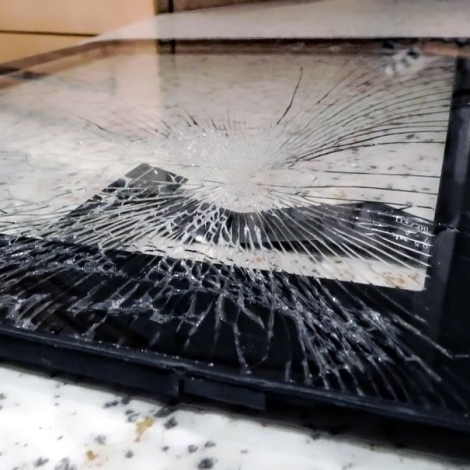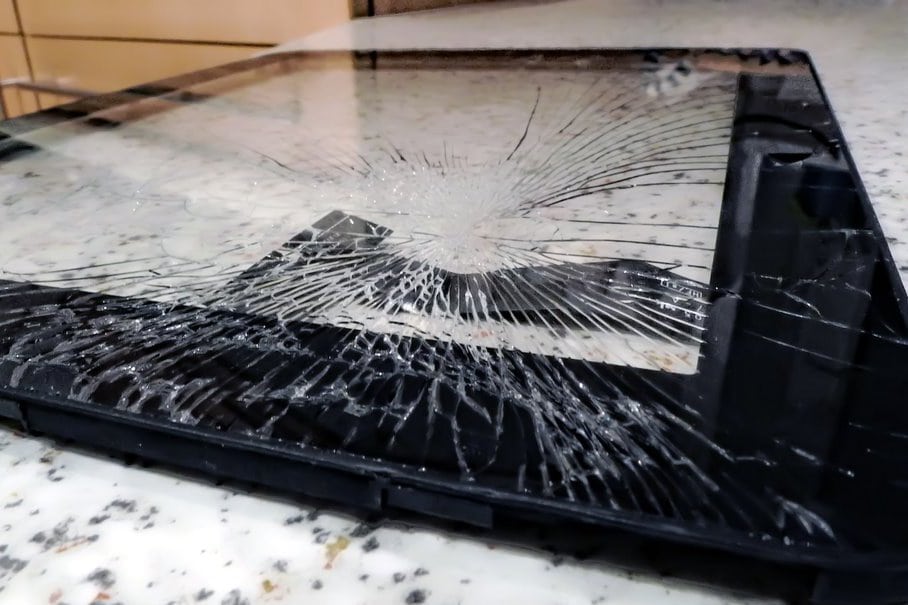Product designers know that Internet and communications technologies play key roles in global development. They update patients’ medical records during house calls, measure air pollution in smoky kitchens, sound an alarm when a water pump breaks and support work in every field. But what the designers of devices might not know is how hard the developing world can be on hardware.
If you’ve seen a cracked screen on an e-reader in a school in Sub-Saharan Africa or tried your patience on a spotty wi-fi connection in a Central American beach town then you know some of the problems facing electronics hardware in developing countries. Connected devices in these places contend with the usual drops, spills and dunks into puddles that happen all over the world, but they are also plagued with dust kicked up from unpaved roads, equatorial heat and muggy weather, unreliable power sources and sometimes a frustrating absence of repair shops.

E4C Visualized | Top five ICT hardware challenges in emerging markets. Image courtesy of Inveneo
And that’s not all. The list of challenges grows as you talk to more people who use electronic devices in the world’s impoverished and hard-to-reach places. To find out what the challenges are, exactly, Laura Hosman at the Illinois Institute of Technology and Bruce Baikie, Executive Director of Inveneo did just that. They spoke with the people who use these devices, including development experts, academics and regular folk around the world. The researchers compiled an overview of their findings into a white paper aimed at designers and manufacturers, Emerging Markets: Top ICT Hardware Challenges.
The researchers narrowed their list to five issues that affect hardware, plus a longer list of concerns that orbit the hardware such as software problems, cultural idiosyncrasies and the economics of ownership.
These are the top five hardware challenges:
Power
Ideally, hardware should require little power, have a long battery life and not balk at surges or brownouts. It should also charge at 12 volts DC to plug straight into a solar panel.
Cost
It should be low, but without sacrificing too much quality.
Durability
These things should be bomb proof. They should withstand water, humidity, dust, heat and other abuse. To do that, they might need few to no moving parts. Screens should be especially tough because they are hard to repair.
Connectivity
Wi-Fi is the preferred method.
Tech support
“The best technology needs no support,” the researchers write. Designers should keep in mind that repair shops and spare parts are scarce. Try to keep the availability of local materials in mind. “Technology that cannot be locally maintained, supported, and repaired is not sustainable,” the researchers write.
Expert review: True cost, maintenance and connectivity
We ran these points by Tegawendé Bissyandé, an ICT expert at the University of Luxemburg’s Interdisciplinary Centre for Security, Reliability and Trust and the program chair of the AFRICOMM conferences on e‐infrastructure and services for developing countries, who was not involved in this reseach.
“In my experience, I believe the most important challenge today is ‘true cost,'” Bissyandé says.
The true cost of a product starts with its price tag and then adds the costs of maintenance and repair, energy consumption and its lifespan, which means the frequency with which you have to replace it. Maintenance in particular figures highly in the calculation.
“My point of view is that the maintenance challenge should incite universities across developing regions to design more technical curricula that will provide local qualified manpower,” Bissyandé says.
Connectivity is also a problem, and offline solutions might help.
“My favorite product to emulate is proposed by the Afripedia project: which proposes a Plug computer system for installing an offline Wi-Fi network that would allow browsing the wikipedia database of knowledge,” Bissyandé says.
How to see the paper
For more, please see the paper that we’ve uploaded (with permission) to make it freely available to our community.
Emerging Markets: Top ICT Hardware Challenges (pdf).

